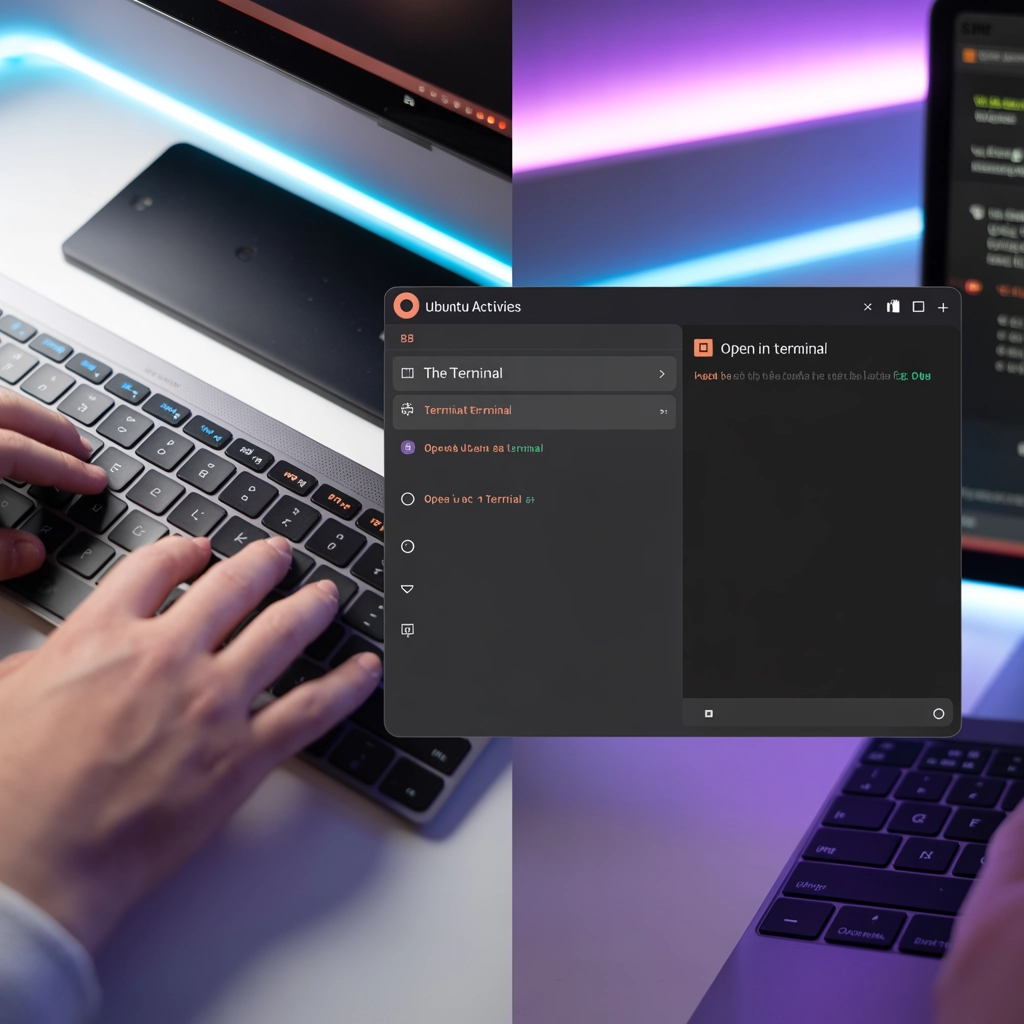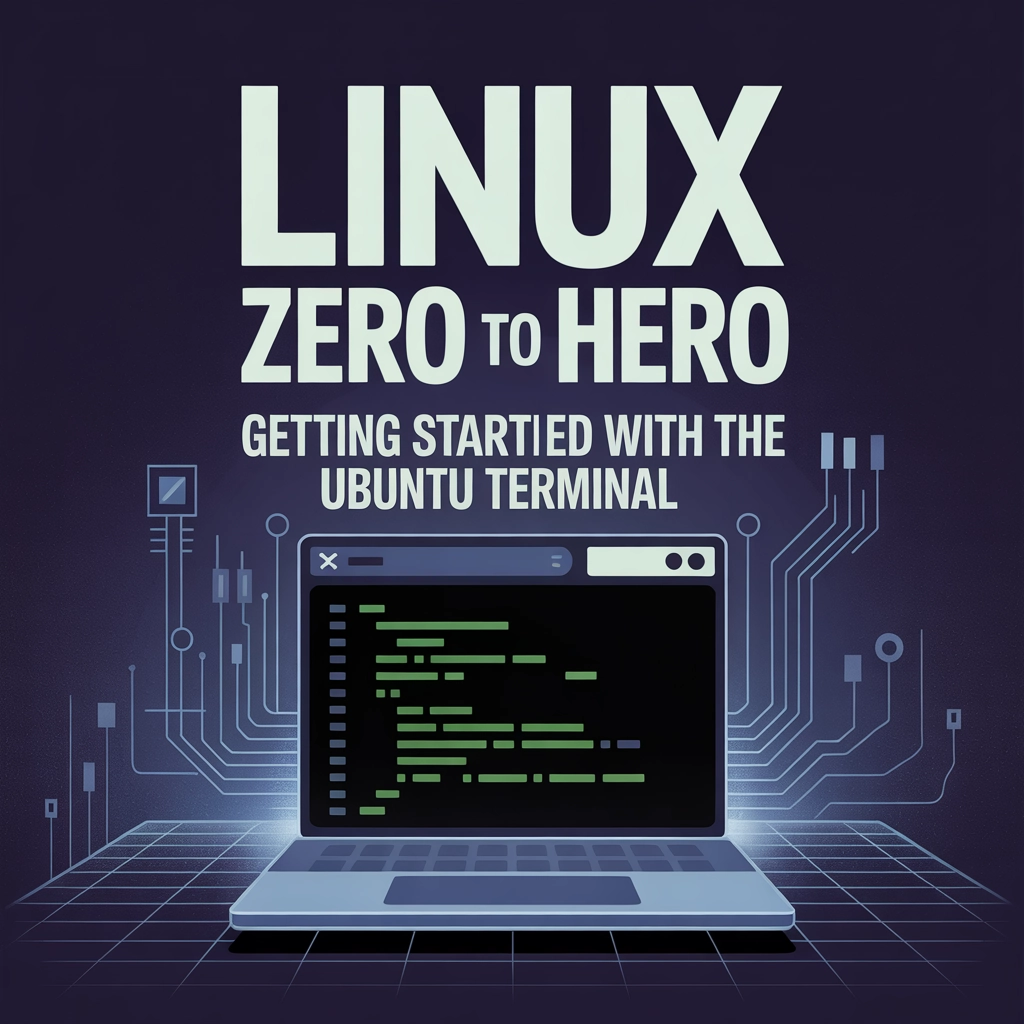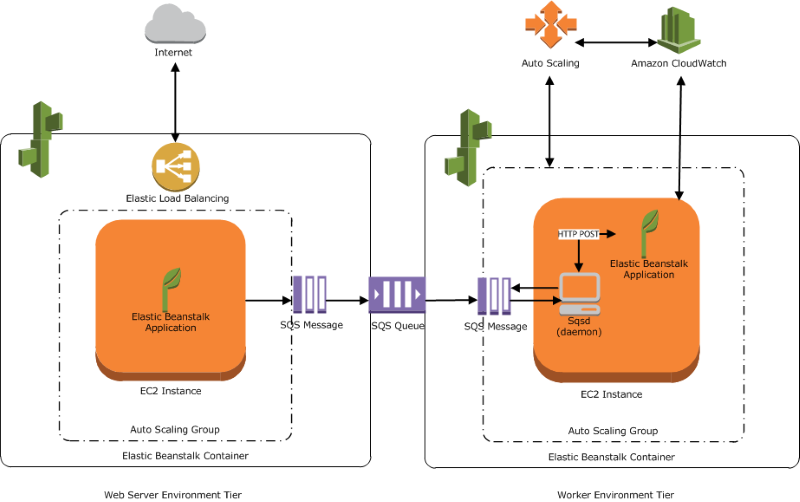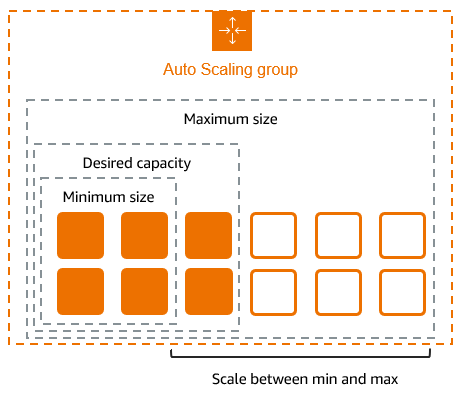Introduction to the Ubuntu Terminal
The terminal is the beating heart of any Linux system, including Ubuntu. While modern graphical user interfaces (GUIs) have made Linux more approachable, mastering the terminal unlocks the true power and flexibility of the operating system. The terminal, also known as the command line interface (CLI) or shell, allows you to interact with your computer by typing text commands rather than clicking icons.
In this second installment of our Linux Zero to Hero series, we'll dive into the Ubuntu terminal, covering everything from basic navigation to essential commands that will form the foundation of your Linux journey. By the end of this guide, you'll be comfortable opening, navigating, and executing basic commands in the terminal—skills that are essential for anyone looking to become proficient in Linux.
Why Learn the Terminal?
Before diving into the "how," let's address the "why." In today's GUI-dominated world, why should you invest time in learning the terminal?
- Efficiency: Many tasks can be completed faster in the terminal than through graphical applications
- Remote access: Manage servers and systems without needing a graphical interface
- Automation: Create scripts to automate repetitive tasks
- Troubleshooting: Essential for diagnosing and fixing system issues
- Professional development: Vital skill for DevOps, system administration, and many IT roles
As you progress in your Linux journey, you'll find the terminal becomes an indispensable tool in your technical toolkit.
Accessing the Terminal in Ubuntu
Ubuntu offers multiple ways to access the terminal:
Method 1: Keyboard Shortcut
The quickest way to open the terminal is by pressing Ctrl + Alt + T. This keyboard shortcut works on most Ubuntu installations and instantly launches the terminal.
Method 2: Applications Menu
- Click on the "Activities" button in the top-left corner of your screen
- Type "terminal" in the search box
- Click on the Terminal icon that appears
Method 3: Right-Click Menu (in some contexts)
In the file manager (Nautilus), you can right-click within a folder and select "Open in Terminal" to open a terminal window at that location.

Understanding the Terminal Interface
When you first open the terminal, you'll see a window with text that looks something like this:
username@hostname:~$
This is called the "prompt," and it provides important information:
username: Your current user accounthostname: The name of your computer~: Your current location (~ represents your home directory)$: Indicates you're running as a regular user (a#would indicate root/administrator access)
The prompt is where you'll type commands, and it's your primary point of interaction with the system.
Essential Navigation Commands
Let's start with the three most fundamental commands for navigating the Linux filesystem:
1. pwd – Print Working Directory
The pwd command shows your current location in the filesystem:
pwd
Output example:
/home/yourusername
This tells you exactly where you are within the directory structure.
2. ls – List Directory Contents
The ls command displays files and folders in your current location:
ls
This shows a basic list. To see more details, use:
ls -l
The -l flag gives you a "long format" listing showing permissions, ownership, size, and modification date.
For hidden files (those starting with a dot), use:
ls -a
Combine flags for even more information:
ls -la
3. cd – Change Directory
The cd command allows you to move between directories:
cd Documents
This moves you into the Documents folder within your current location.
Special directory references:
cd ~– Go to your home directory (~ is a shortcut for home)cd ..– Go up one directory levelcd -– Go to the previous directory you were incd /– Go to the root directory of the filesystem

Working with Files and Directories
Once you can navigate the filesystem, you'll want to create and manipulate files and directories.
Creating Directories
Use the mkdir command to create new directories:
mkdir Projects
Create nested directories with a single command:
mkdir -p Projects/WebDev/HTML
The -p flag creates parent directories if they don't exist.
Creating Files
The touch command creates empty files:
touch notes.txt
Viewing File Contents
Several commands let you view file contents:
cat: Displays the entire file content
cat notes.txt
less: Views files with pagination (press 'q' to exit)
less longdocument.txt
head: Shows the first 10 lines of a file
head longdocument.txt
tail: Shows the last 10 lines of a file
tail longdocument.txt
Editing Files in Terminal
For beginners, nano is the most user-friendly text editor:
nano notes.txt
Inside nano:
- Type to edit
- Use Ctrl+O to save ("write out")
- Use Ctrl+X to exit
Other popular editors include vim and emacs, but these have steeper learning curves.
File Operations
Copying Files
Copy files with the cp command:
cp source.txt destination.txt
Copy a file to another directory:
cp document.txt Documents/
Moving and Renaming Files
The mv command both moves and renames files:
# Rename a file
mv oldname.txt newname.txt
# Move a file
mv file.txt Documents/
Removing Files and Directories
Delete files with the rm command:
rm unwanted.txt
Remove directories with rmdir (only works on empty directories):
rmdir EmptyFolder
For directories containing files, use rm with the recursive flag:
rm -r DirectoryToDelete
Warning: Be extremely careful with the rm command, especially with -r and -f (force) flags. There's no "trash bin" or "undo" in the terminal. Deleted means gone!

Essential Terminal Tips and Tricks
Tab Completion
The Tab key is your best friend in the terminal:
- Start typing a command or path, then press Tab
- If there's only one possibility, it will auto-complete
- If there are multiple possibilities, press Tab twice to see all options
This saves typing and prevents spelling errors.
Command History
The terminal keeps track of commands you've previously entered:
- Press the Up arrow to cycle through previous commands
- Press Ctrl+R to search your command history
- Type
historyto see your full command history
Clearing the Screen
When your terminal gets cluttered:
clear
Or use the keyboard shortcut: Ctrl+L
Getting Help
When you're unsure about a command:
man command_name
For example:
man ls
This opens the manual page for the command. Press 'q' to exit.
For a quick reminder of options:
command_name --help
Understanding File Permissions
Linux uses a permission system to control who can read, write, or execute files:
ls -l
Example output:
-rwxr-xr-- 1 username groupname 5096 Jun 16 12:34 script.sh
The permissions section (-rwxr-xr--) breaks down as:
- First character: File type (
-for regular file,dfor directory) - Next three characters: Owner permissions (
rwx= read, write, execute) - Next three characters: Group permissions (
r-x= read, execute, no write) - Last three characters: Others permissions (
r--= read only)
Change permissions with the chmod command:
chmod +x script.sh # Makes a script executable
Terminal Customization Basics
The default terminal appearance can be customized:
- Open Terminal
- Click Edit > Preferences
- Explore the Profile settings for:
- Font and color schemes
- Background transparency
- Cursor appearance
- Window size
More advanced customization is possible by editing configuration files like .bashrc, but that's a topic for a future tutorial.
Practical Exercises for Beginners
To cement your learning, try these exercises:
- Directory Navigation Exercise:
- Open Terminal
- Navigate to your home directory (
cd ~) - Create a directory called "LinuxPractice"
- Inside it, create subdirectories called "Documents", "Images", and "Scripts"
- Navigate between these directories using relative and absolute paths
- File Management Exercise:
- Create a text file in the LinuxPractice/Documents directory
- Add some text to it using nano
- Make a copy of the file
- Rename the original file
- Move the copy to the Images directory
- Command Exploration Exercise:
- Pick three commands we've covered
- Use
manto learn more about each - Try at least two new options for each command
Conclusion
Congratulations! You've taken your first steps into the powerful world of the Ubuntu terminal. While there's much more to learn, you now understand the basics of navigating the filesystem, managing files and directories, and executing commands.
Remember, becoming proficient with the terminal is like learning any skill—it takes practice. Make a habit of using the terminal for simple tasks, gradually challenging yourself with more complex operations as your confidence grows.
In the next installment of our Linux Zero to Hero series, we'll explore package management in Ubuntu, teaching you how to install, update, and remove software using the terminal. Until then, keep practicing these fundamentals—they form the foundation for everything else you'll do in Linux.
Stay curious, keep experimenting, and don't worry about making mistakes—they're often the best teachers on your Linux journey!
Looking for more Linux resources? Check out our Linux Command Line Cheat Sheet for a handy reference of essential commands.




